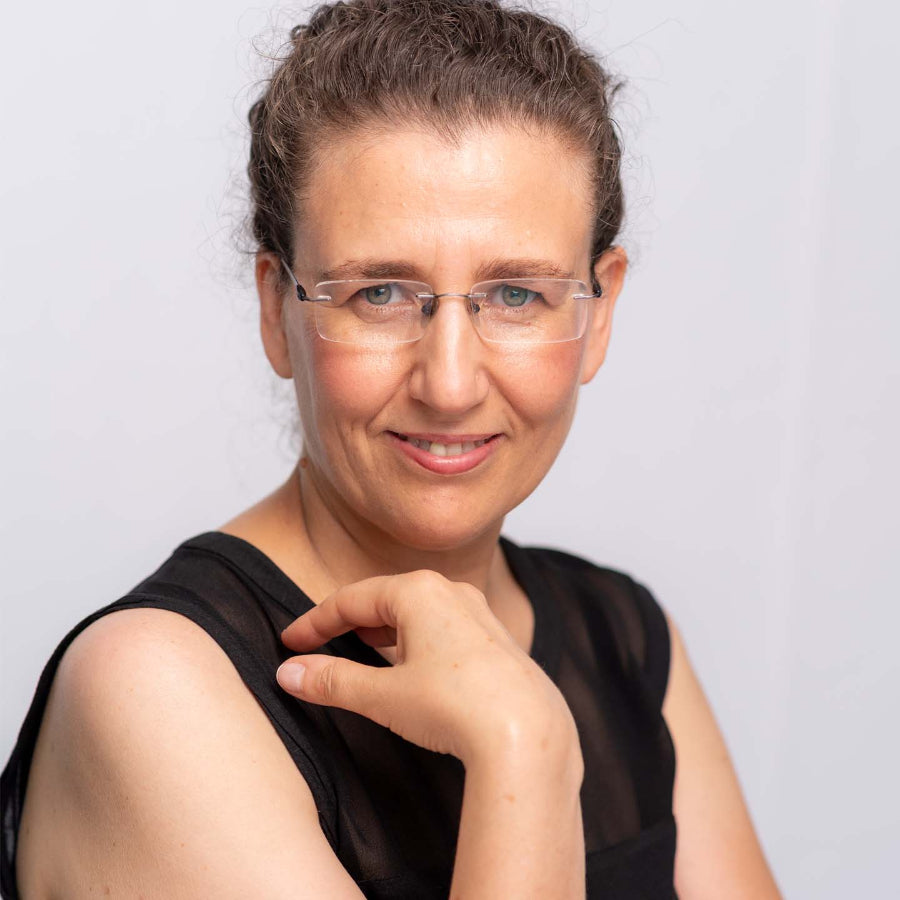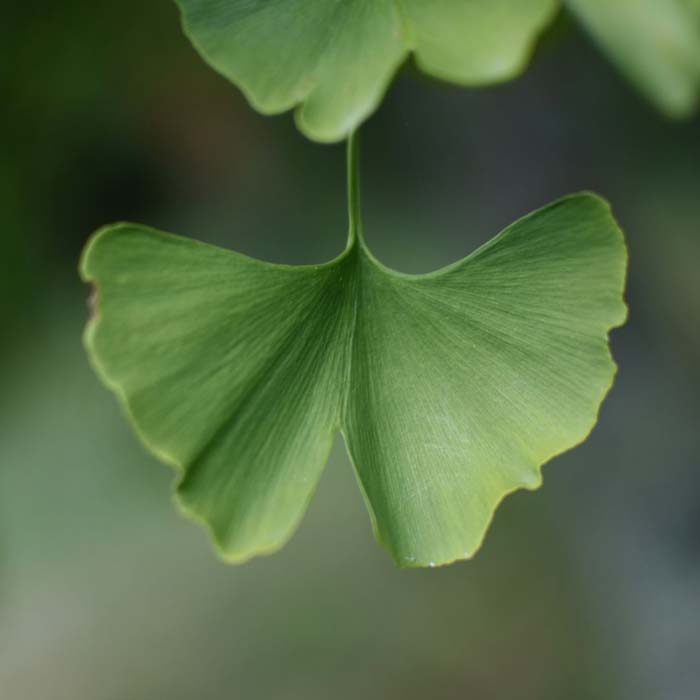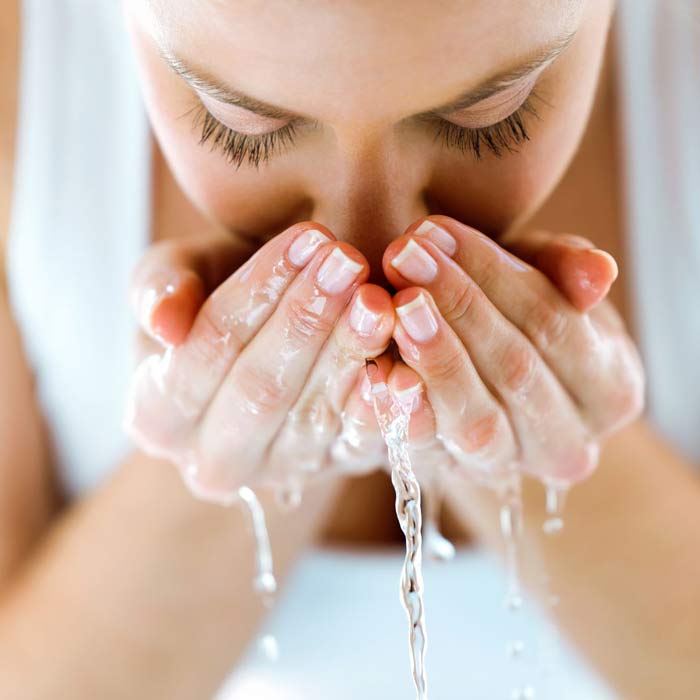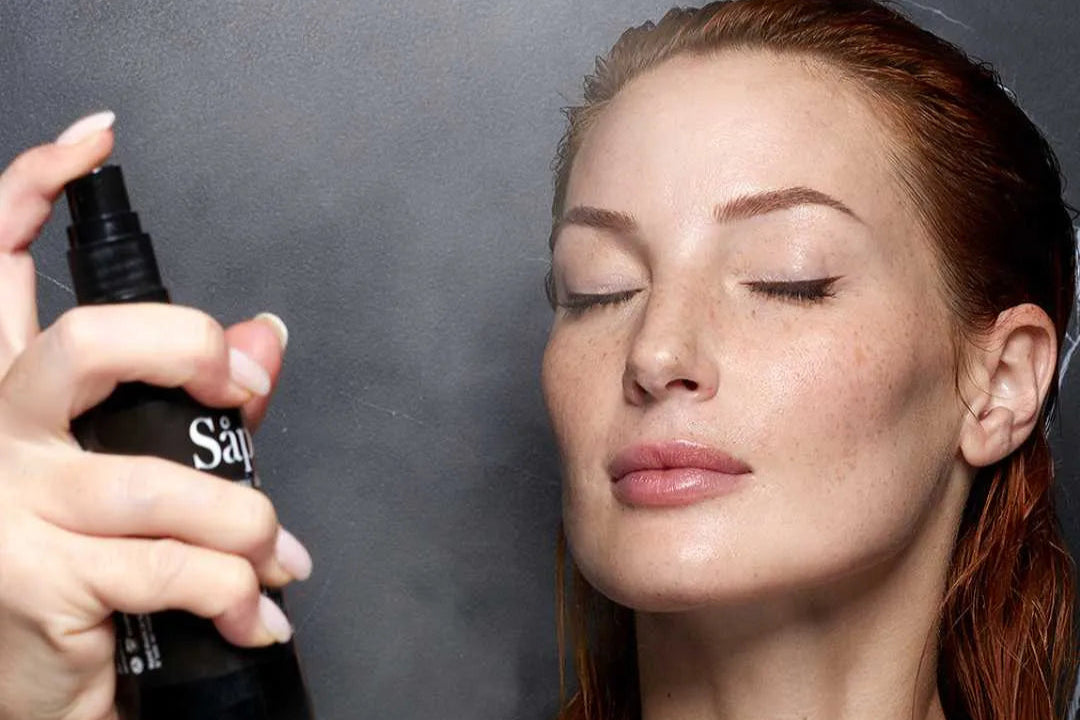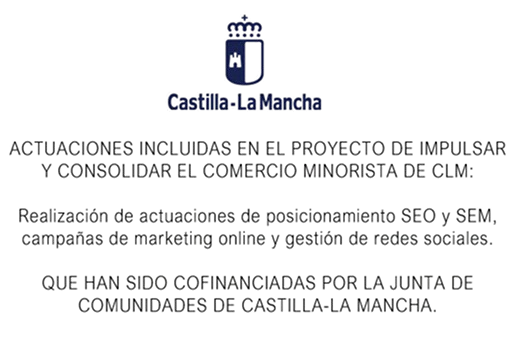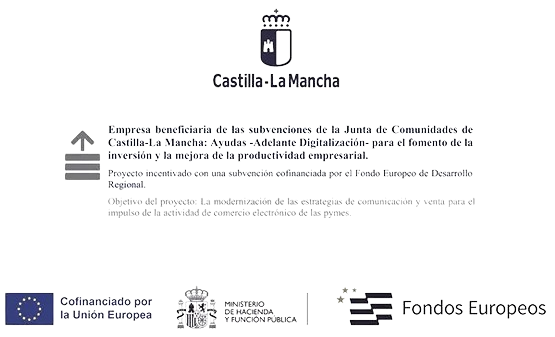Pimples on the face are becoming more and more common. We think they're uniquely associated with adolescence. The hormonal changes that occur during this time are the cause of pimples appearing on the face.
However, due to daily contact with endocrine disruptors found in various household products, chemical cosmetics, unnatural makeup, ultra-processed foods, and so on, children, adults, and the elderly can also suffer from hormonal changes.
Today we'd like to talk to you about the different types of acne that exist on the face, dermatological recommendations, and our step-by-step guide to establishing a natural and effective facial routine for hormonal acne.
What types of facial pimples are there?
There are different types of facial pimples, which can be treated differently depending on their nature. The most common are:
- Microcysts or closed pimples of 2 to 3 mm, also known as whiteheads
- Open pimples (1 to 3 mm), also called blackheads
- Papules, also known as inflamed red pimples (less than 5 mm)
- Pustules, also called inflamed yellow pimples (larger than 5 mm)
- The nodules
For a correct, effective, and long-lasting treatment, it's best to treat each of these pimples with different natural ingredients. If you're interested in a future blog post for each type of pimple, please let us know by emailing us using the contact form .
What do dermatologists recommend for acne?
As a general rule (and this does not mean that all dermatologists do this), they tend to recommend chemical products that are quite aggressive for the skin.
These products often contain benzoyl peroxide or salicylic acid, tretinoin, or retinoic acids…
Other dermatologists, if they consider the case severe or extreme, may directly recommend the well-known, yet somewhat feared, Racutan. We've talked about this treatment in previous articles, so we won't go into detail about it.
What is the best cream for pimples on the face?
In our opinion, the best cream for spots on the face is Hydramatt Skin , as it contains sebum-regulating ingredients such as dry hazelnut oil and regenerating ones such as argan oil.

To care for acne-prone skin, you don't need to completely eliminate oil, but rather regulate it. Otherwise, we experience a rebound effect: the skin can become alipemic , lose its natural protective layer, and become deeply dehydrated.
If you have some wrinkles, we can also opt for Bio Protect 360 cream, which contains ingredients indicated for combination/oily skin, or skin prone to acne, in addition to high and low molecular weight hyaluronic acid, to maintain hydration, and vitamin C, to unify the tone and soften blemishes.

Facial routine for hormonal acne
To care for and treat hormonal acne, we recommend the following facial routine:
- Cleansing with Clear Look makeup remover and Green Clay soap , using the double cleansing method, which is highly recommended in the case of acne, since the skin cleansing process is the most important.
- Hydration with Fresh Flower facial toner , in addition to hydrating, balances the skin's pH and prepares it to receive the active ingredients of the cream and/or serum.
- Hydration and nourishment with Hydramatt Skin Cream in the morning and Perfect Balance Serum in the evening. This combination is perfect for nourishing your skin with different ingredients, morning and night.
It is very valuable, if possible, to do both routines: morning and night .
Plus, by doing so, you can visualize how your skin, with every gesture and small effort, is improving, healing, and regenerating. Combining your beauty moment with mindfulness is fantastic for achieving great results.



